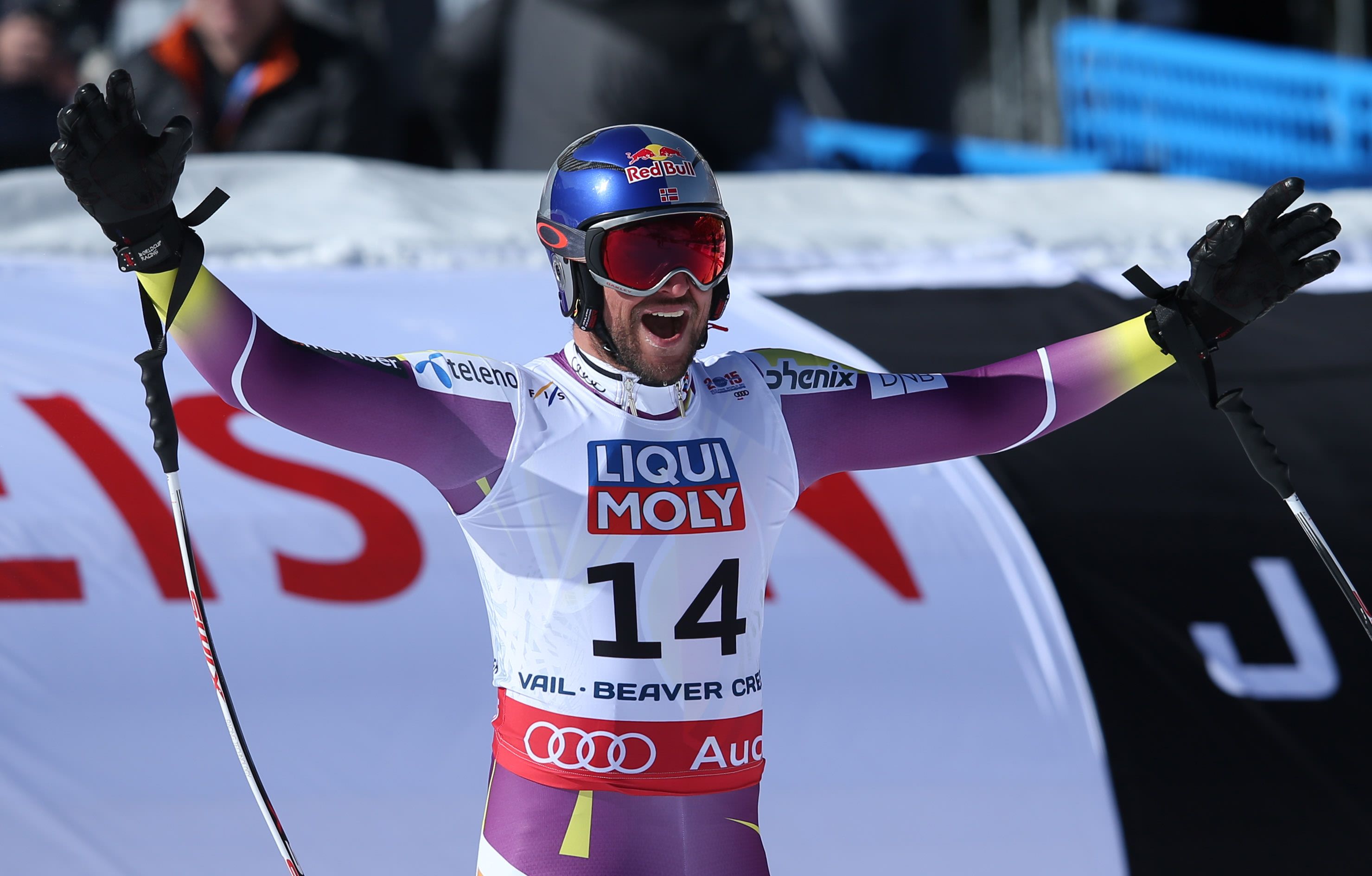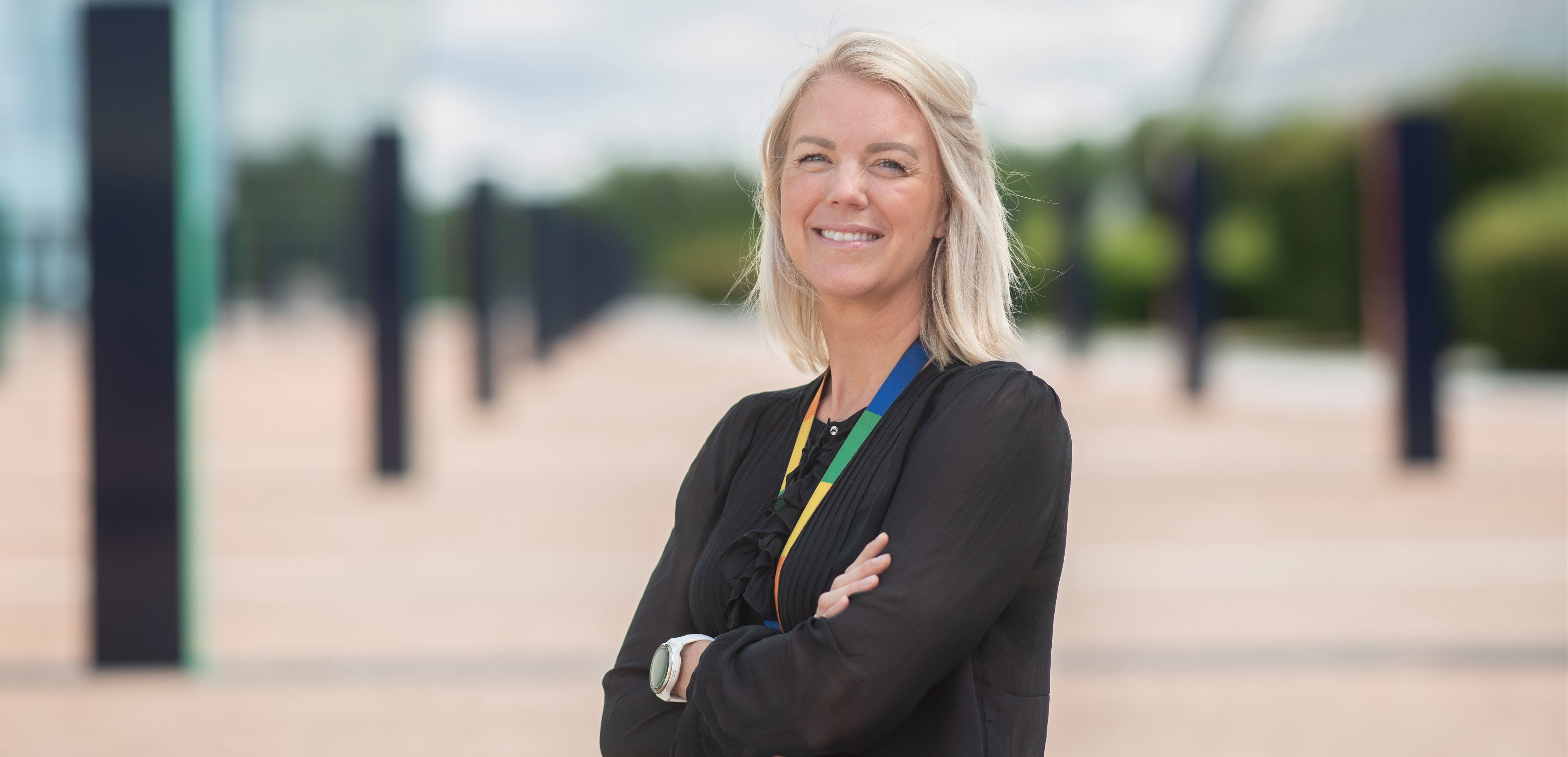Mobile pulse: Downhill comeback caused traffic peak

(Fornebu, February 13th 2015) Aksel Lund Svindal's return to the national alpine skiing team was a popular event. No single event has generated as much data traffic on the mobile network since the turn of the New Year.
Svindal impressed with a 6th place finish at the Alpine Skiing World Cup last Saturday. When the Norwegian returned to competition on the downhill course for the first time following injury, 21.5 Gbps of data was downloaded on mobiles and tablets, show figures from Telenor. This is the equivalent of a 40 per cent increase in traffic compared to a normal Saturday evening. Kjetil Jansrud also took part in the downhill race and finished in 15th.
'A 40 per cent increase is huge given that the race was at a time when most people could watch it on their TVs at home. However, we know that Norwegians like to go to their cabins when there's plenty of snow, and many are likely to have streamed the Alpine World Cup on their small screen via the 4G network,' says Bjørn Ivar Moen, Head of Telenor Norway's Mobile division.
'This indicates that Telenor's 4G expansion has come far, and that coverage is also excellent in more peripheral areas where people have cabins. In some places it's also possible to stream sport and entertainment at an okay quality over the 3G network,' says Moen.
Sunday's Super Combined, in which Jansrud was runner up, also generated large volumes of traffic - but not enough to surpass Svindal's comeback, making it the most data intensive event so far this year.
TV has become the norm
Telenor also recorded another sports event that had an impact on the mobile network. On Thursday 22 January, Martin Ødegaard was officially presented as a new player for the giant club Real Madrid.
'We recorded a traffic peak during the Martin Ødegaard press conference of 16.5 Gbps, an increase of 53 per cent compared with an ordinary weekday. Data traffic is generally a little lower on weekdays than it is at weekends when people are off work, but this was still a significant peak on the mobile network,' comments Moen.
Telenor has repeatedly found that sports events drive data traffic up.
'It's become the norm to watch TV on smartphones and tablets, but there's an especially large interest in extraordinary sports events. Previously we've seen that Magnus Carlsen's World Cup matches, the Football World Cup and the Winter Olympics in Sochi have all led to big jumps in mobile traffic,' says Moen, who also expects traffic to reach new heights during the Skiing World Cup in Falun.
Facts:
- From January of last year to January this year, data traffic on Telenor's mobile network increased by approx. 70 per cent.
- 4G was activated at 47 base stations across the country during January.
- 3 out of 4 phones on Telenor's mobile network are smartphones.
- The iPhone 5S is the most common phone on Telenor's network.
- Telenor's customers sent 436 million text messages in January.
Every month, Telenor takes the pulse of Norwegians' mobile habits and the latest trends in data usage, smartphones, mobile services, and text messaging/MMS messaging.


